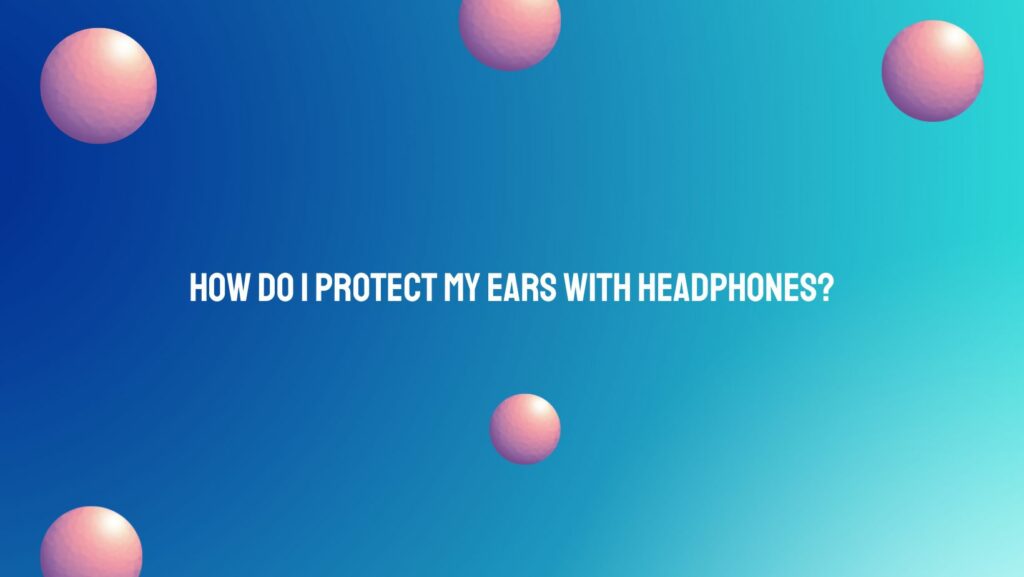In today’s fast-paced world, headphones have become indispensable companions, offering us personalized audio experiences wherever we go. Whether we’re commuting, working, or unwinding with our favorite music, headphones provide a gateway to a world of sound. However, as we immerse ourselves in our auditory realms, it’s essential to prioritize the protection of our ears. Here’s a comprehensive guide on how to safeguard your auditory health while using headphones:
- Choose the Right Headphones: Select headphones that prioritize comfort, fit, and sound quality. Over-ear headphones distribute pressure more evenly and offer better noise isolation, reducing the need for higher volume levels. In-ear headphones should fit snugly in the ear canal without causing discomfort or exerting excessive pressure.
- Limit the Volume: One of the most crucial steps in protecting your ears is controlling the volume level. Listen to audio at a moderate volume, around 60% of the maximum volume, to reduce the risk of auditory damage. Avoid the temptation to increase the volume to drown out external noise, as this can lead to long-term hearing loss.
- Follow the 60/60 Rule: Adhere to the 60/60 rule, which recommends listening to audio at no more than 60% of the maximum volume for no longer than 60 minutes at a time. Taking regular breaks between listening sessions allows your ears to rest and recover, minimizing the risk of auditory fatigue and potential damage.
- Use Noise-Canceling Technology: Consider investing in noise-canceling headphones, which block out external noise and reduce the need for higher volume levels. Noise-canceling technology can help create a more immersive audio experience while protecting your ears from harmful sound levels.
- Mind Your Environment: Be mindful of your listening environment and adjust your headphone usage accordingly. In noisy settings, such as public transportation or crowded spaces, resist the urge to increase the volume to compensate for external noise. Instead, use noise-canceling headphones or find a quieter environment to enjoy your audio content.
- Give Your Ears a Break: Allow your ears to rest and recover after extended headphone use. If you’ve been listening to audio for an extended period, take regular breaks to give your ears a chance to recuperate. Aim for a 5-10 minute break every hour to prevent auditory fatigue and reduce the risk of long-term damage.
- Maintain Good Hygiene: Keep your headphones clean to prevent the buildup of dirt, wax, and bacteria, which can contribute to ear infections and discomfort. Use a soft cloth or cotton swab dipped in mild soap and water to gently clean the earphone tips and outer surfaces regularly.
- Avoid Sharing Headphones: Sharing headphones can transfer bacteria and increase the risk of ear infections. Whenever possible, avoid sharing your headphones with others, and if you must share, clean them thoroughly before and after use.
- Consider Alternatives: Explore alternative listening options, such as speakers or bone conduction headphones, which transmit sound through vibrations in the bones of the skull, bypassing the ear canal altogether. These alternatives can reduce the risk of ear damage associated with traditional headphones.
In conclusion, protecting your ears while using headphones requires mindfulness, moderation, and adherence to safe listening practices. By choosing the right headphones, controlling the volume, taking regular breaks, and maintaining good hygiene, you can enjoy your favorite audio content while safeguarding your auditory health for years to come. Remember, your ears are precious, and preserving them should always be a top priority.


